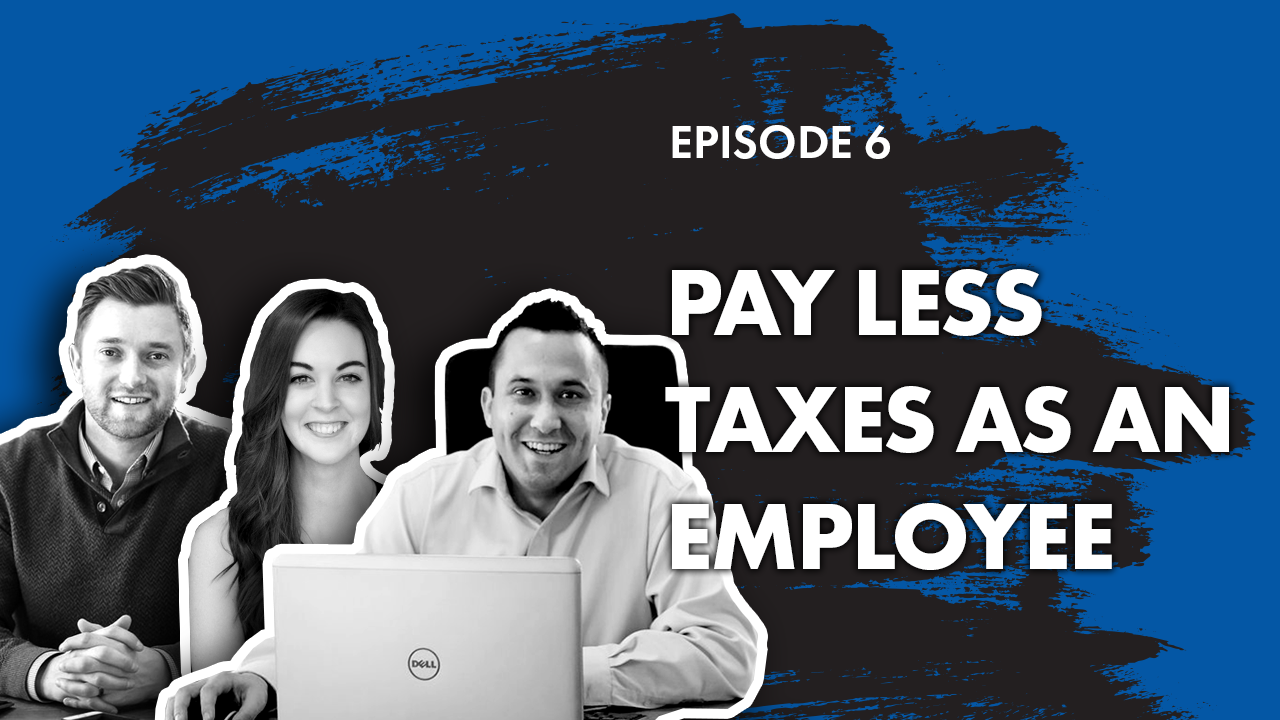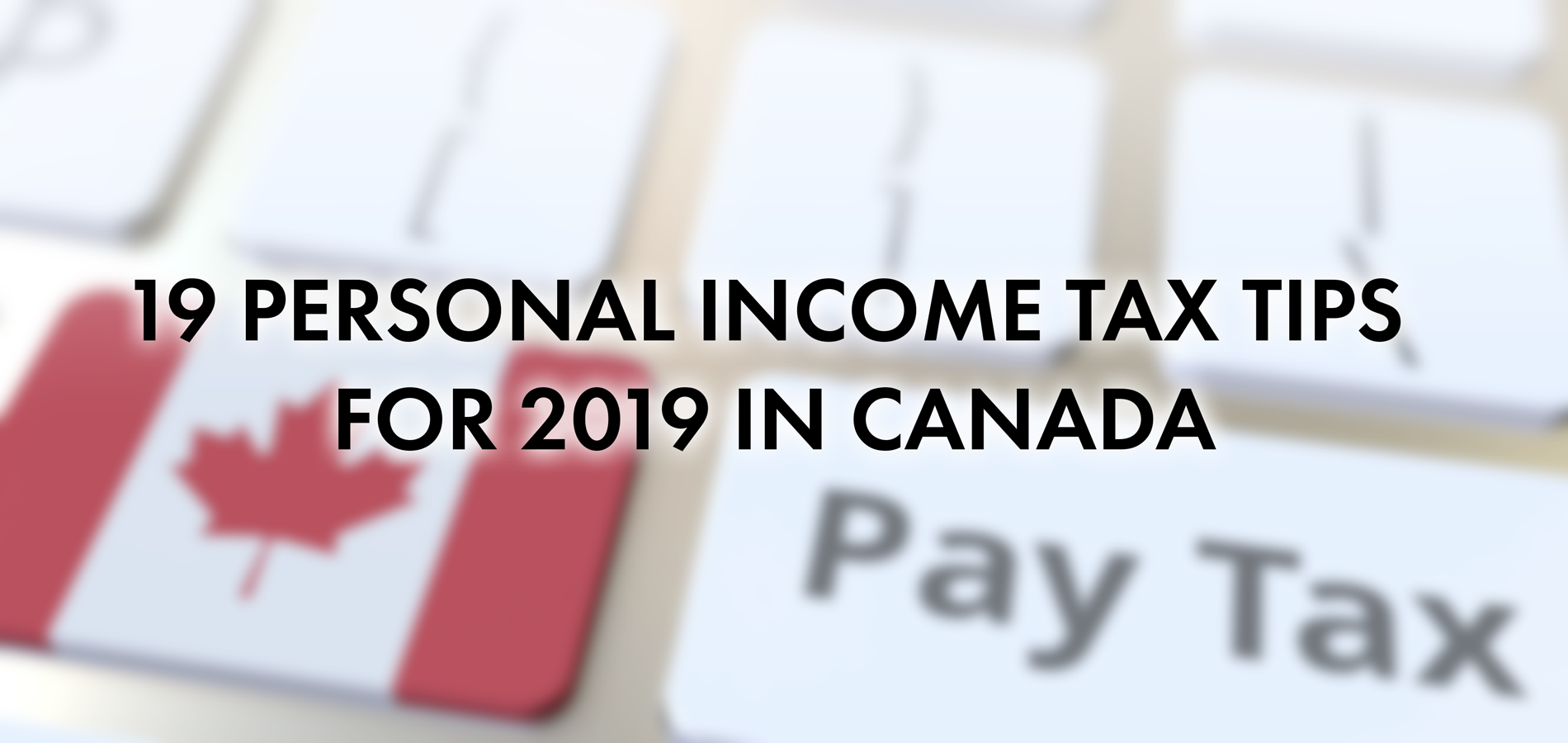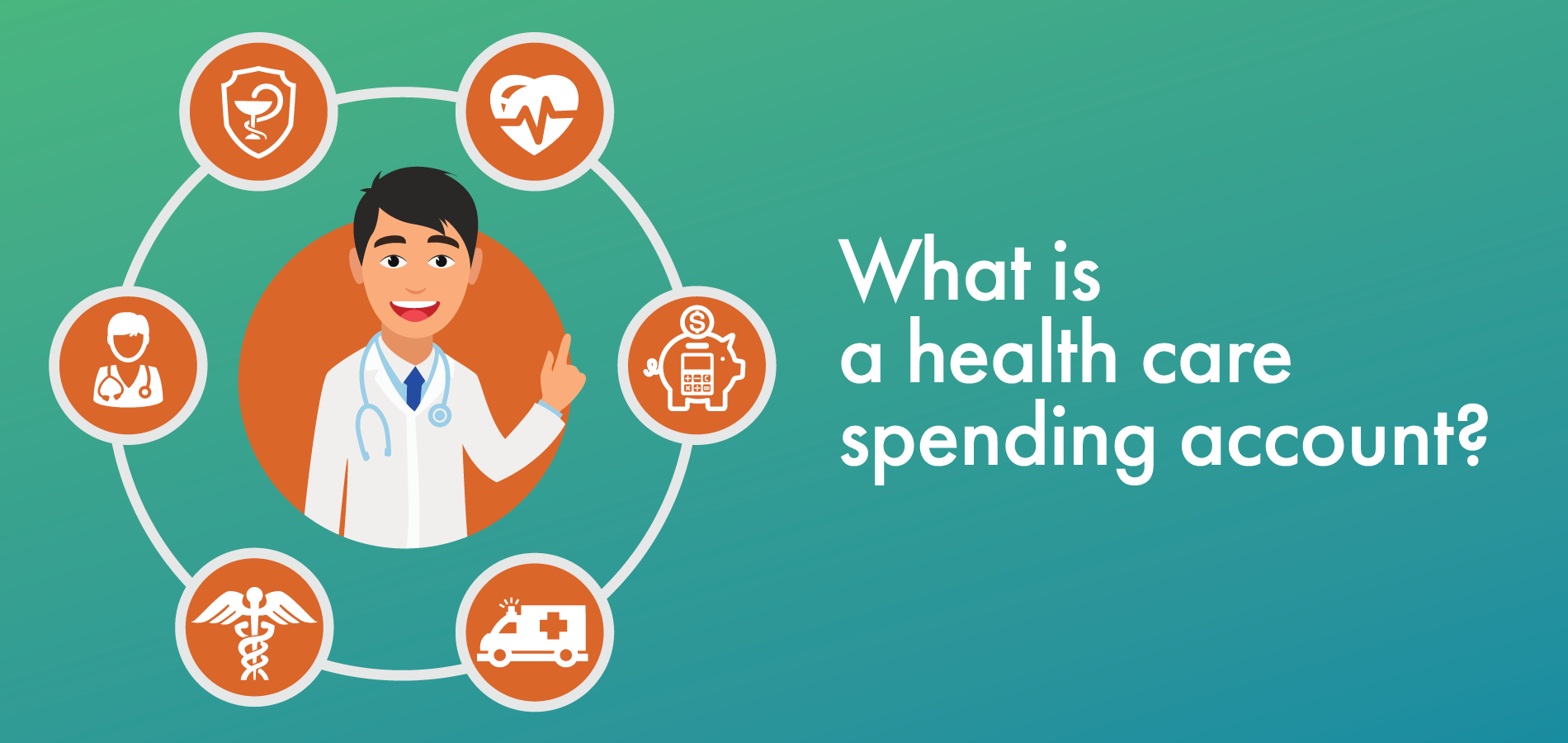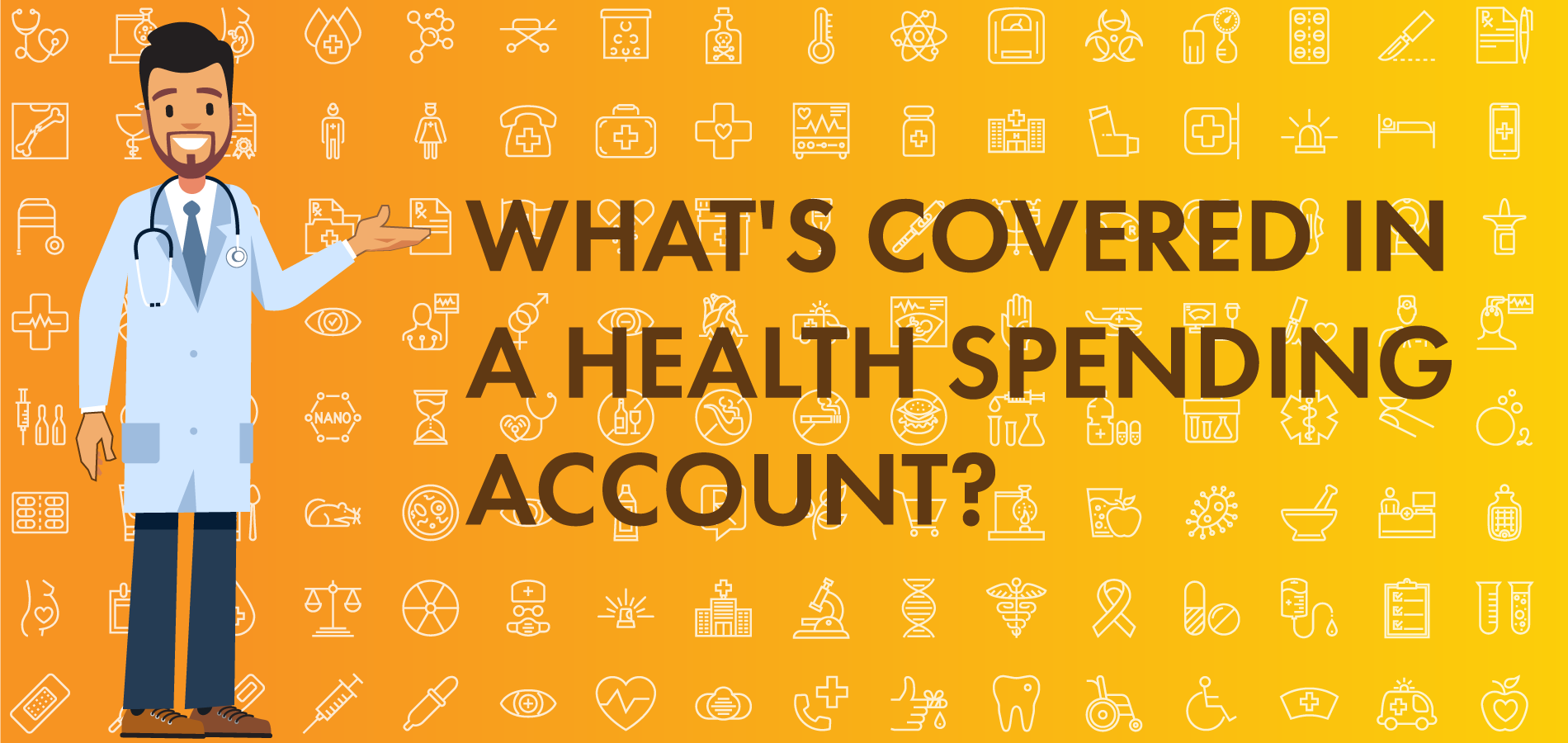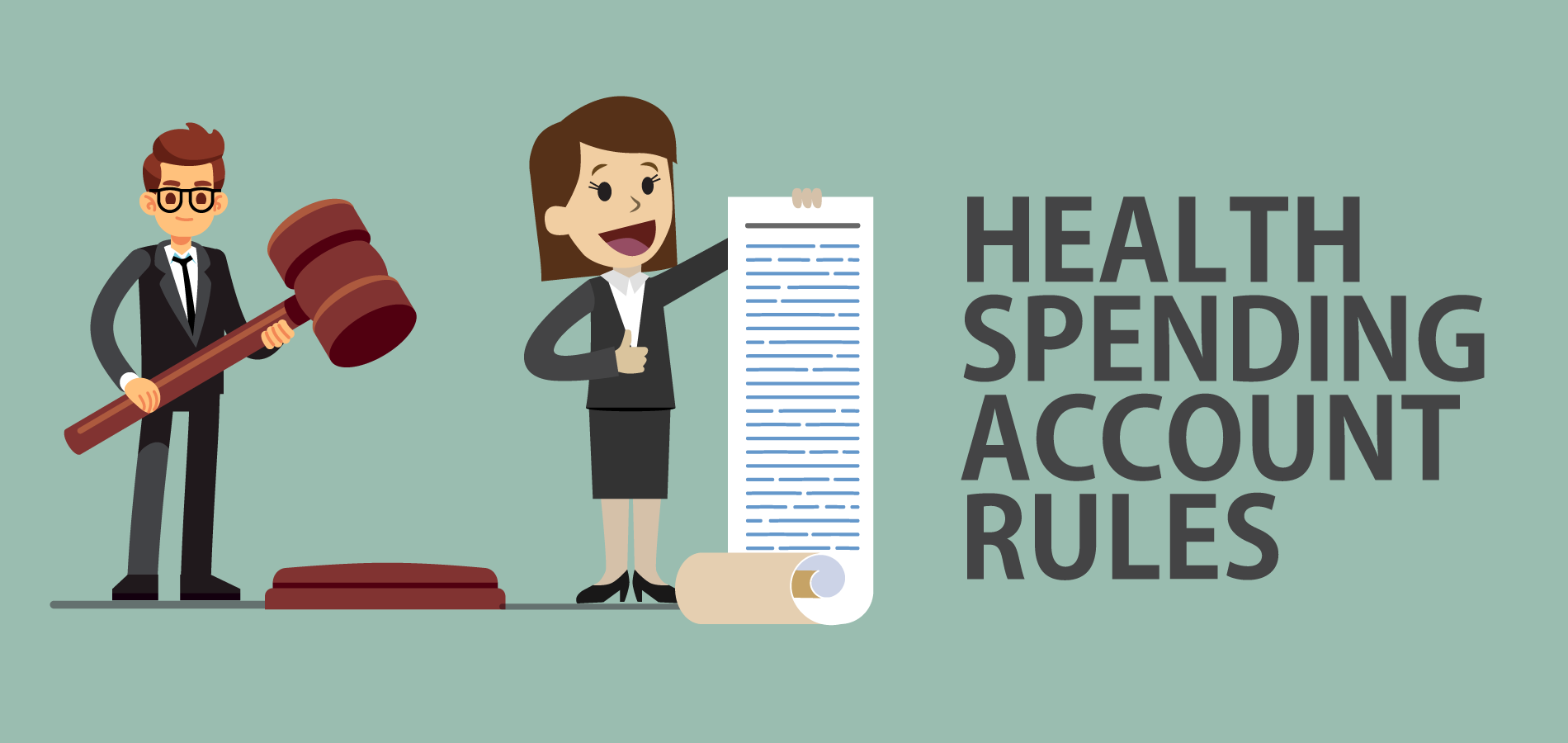The biggest expense for most Canadian families is income tax. Not knowing the options available to you can mean losing money you didn't need to. In this article, we will outline the major 2019 Canadian tax changes you need to know about for this coming tax season.
First of All... Why Does Tax Change?
Taxes change for a variety of reasons, which may include:
- A new government coming into power
- The government releasing "tax goodies" after a budget to win over voters
- To close tax loopholes
Important Deadlines for 2019 Taxation Year:
- The individual tax filing deadline has been extended until June 1, 2020
- The tax filing deadline for self-employed individuals and their spouses is June 15, 2020
- The deadline to make your RRSP contributions is March 2, 2020
Eliminations:
- The Public Transit Tax Credit has been eliminated
- The Employee Home Relocation Loan Deduction has been eliminated
- The First-Time Donor's Super Credit has been eliminated
- Students in Saskatchewan, Ontario and New Brunswick can no longer claim a Provincial Tax Credit for their Tuition Expenses
Canadian Tax Changes for 2019:
1. Tax Brackets for 2020
In 2020 there will be five federal income tax brackets indexed to inflation using the 1.9% rate.
- Zero to $48,535: 15%
- Above $48,535 to $97,069: 20.5%
- Above $97,069 to $150,473: 26%
- Above $150,473 to $214,368: 29%
- Anything above that taxed at 33%
Note: Each province also has its own provincial tax brackets which, for the most part, will also have been indexed for inflation by using their respective provincial indexation factors.
2. Basic Personal Amount (BPA)
The BPA, created to help all Canadians cover their most basic needs, for 2019 was set at $12,069. In 2020, the government has raised the BPA to $13,229. It will be $13,808 is 2021, $14,398 in 2022, and finally $15,000 by 2023.
There are some restrictions around the BPA, read more about it here.
3. Working Income Tax Benefit (Renamed and Enhanced)
The Working Income Tax Benefit is a refundable tax credit which helps give tax relief to low-income individuals and families, with the goal of encouraging them to participate in the workforce. The Working Income Tax Benefit is being renamed the "Canada Workers Benefit." It will be enhanced in 2019 and indexed (increased with inflation) thereafter.
With the Canada Workers Benefit, single individuals without children are eligible for a maximum benefit of $1,355, and families are eligible for a maximum benefit of $2,335.
Note: The CRA will automatically determine if you're eligible to receive the Canada Workers Benefit, even it if wasn't on your income tax filing. If you're an eligible couple making the claim, the CRA will decide which partner will receive the benefit.
4. Service Animals Can Be Claimed As a Medical Expense
The Medical Expense Tax Credit is being expanded. If you incurred expenses after 2017 for an animal specially trained to perform tasks to help cope with an impairment, you'll be able to claim it as a medical expense.
5. Registered Disability Savings Plan Holders
The Registered Disability Savings Plan (RDSP), a government program intended to allow people with disabilities save for their future, allows a qualifying person to be designated to administer the RDSP in the case where the disabled beneficiary lacks the capacity to enter into a contract. The administrator must be the disabled beneficiary's legal representative. However, as the appointment of a legal representative can take a while, a temporary federal measure allows an immediate family member to be the planholder of the disabled person's RDSP, even if they aren't yet designated as the person's legal representative.
This measure has been extended by five years and lasts until the end of 2023. If you are a qualifying family member who became a plan-holder before the end of 2023, you can remain the plan-holder after 2023.
6. New Limited Program for Tax Avoidance
The Voluntary Disclosure Program (VDP) is a program to encourage Canadians who may not have been completely honest about their tax situation in the past to come forward. If someone applies to the VDP and gets accepted, they'll be required to pay the taxes they owe plus interest (partially or fully). With this program, someone may be eligible for relief from prosecution or penalties they might normally face.
Changes came into effect March 1, 2018. These apply to people who have purposefully avoided their tax obligations. People can now apply under a new "Limited Program" and face a lesser penalty.
7. Federal and Provincial Income Tax Brackets are Being Increased
This is due to inflation. You can see an explanation of the new brackets for individuals, here.
8. Employment Insurance (EI) Premiums Are Being Decreased
They will be decreased from 1.66% in 2018 to 1.62% in 2019. This rate will drop to 1.58% in 2020.
9. Maximum Pensionable Earnings
The maximum pensionable earnings for the Canada Pension Plan increased to $57,400 in 2019. This is up from $55,900 in 2018. For 2020, it will be $58,700.
As well, the employee and employer contribution rates for 2019 increased to 5.1% from 4.95%. In 2020, the rate will be 5.25%. Over the next five years, the rate will continue to rise to 5.95% in 2023. This increase is being done to pay for an enhanced CPP for Canadians.
10. The Canada Child Benefit
The Canada Child Benefit will be indexed for inflation going forward.
11. Tax-Free Savings Account Contribution Limit Increased
The contribution limit on the Tax-Free Savings Account (TFSA) has been upped. In 2019, anyone who is eligible can now contribute up to $6,000 annually, up from $5,500 in 2018.
12. Tax Filings Process Simplified for Low Income and Fixed Income
As of February 2018, if you're a low income or fixed income individual whose income remains the same year-to-year, you are now able to call a dedicated automated phone line to file your tax return. Those who are eligible should receive an invitation letter with instructions.
13. Climate Action Incentive
Saskatchewan, Manitoba, Ontario, and New Brunswick are offering a new tax credit called the Climate Action Incentive. This is related to the federal carbon tax. These four provinces have not introduced a carbon pricing scheme of their own. Residents of these provinces will get a tax credit when they file their tax returns. The credit will help offset the federal carbon tax that’s going to be added starting in April 2019.
For a family of four, the incentive will be around $609 in Saskatchewan, $339 in Manitoba, $307 in Ontario, and $256 in New Brunswick. The incentive can only be claimed by one person per household. The incentive will be 10% higher for those located in rural areas.
Residents of provinces outside of these four are not eligible for the Climate Action Incentive. Other provinces have introduced their own provincial carbon tax (Alberta and BC) or are working to introduce a carbon pollution pricing system.
14. Accelerated Capital Cost Allowance Deduction
Those who are self-employed or are small business owners can claim Capital Cost Allowance (CCA). This allows you to gradually deduct the expense of major purchases that lose value over time, like: office equipment, furniture, and computers.
If you purchased any of these items on or before November 21, 2018, and before 2024, you'll be able to make a bigger claim to get a larger tax break. You can now claim 150% of the normal CCA rate in the year of purchase (previously 50%).
This applies in some situations that are not as obvious, like purchasing furniture to furnish an Airbnb space.
15. Changes to Employment Insurance for Parents
In 2018, the federal budget changed Employment Insurance (EI) to let parents take extra time off. If your child was born or adopted on or after March 17, 2019, you could receive up to 40 weeks of parental benefits, up from 35 weeks. If you choose an extended parental leave, you could receive up to 69 weeks of parental benefits, up from 61 weeks.
While on parental leave, if you decide to return to work early instead of receiving 55% of your weekly salary as an EI benefit, you will need to subtract 50 cents from your EI benefit for every dollar you earn.
16. Losing Access to the Small Business Tax Rate
If you're a small business owner reporting over $50,000 in passive income you will begin losing access to the advantageous small business tax rate. This rate is currently 9% on the first $500,000 of business earnings. Business owners can reduce their passive income by reinvesting their earnings into their business or hiring more workers.
17. Business Owners Can No Longer Pay Dividends to Family Members to Reduce their Tax Bill
However, if relatives can prove that they contributed to the business in the last five year, they can still get dividends at a lower tax rate.
18. The Small Business Corporate Tax Rate Decreased
The Small Business Corporate Tax has decreased from 10% to 9% as of January 1, 2019.
19. Open a Health Spending Account to save on your health & dental expenses.
A Health Spending Account is a cost-effective way to provide health and dental benefits to employees. In simple terms, health and dental benefits offered through this plan are fully tax deductible to the business and received 100% tax free by the employees. There are no premiums, hidden fees, deductibles, copay, or complex policies. Learn more by clicking the banner below:

Free Podcast Episode about Reducing Income Tax:
